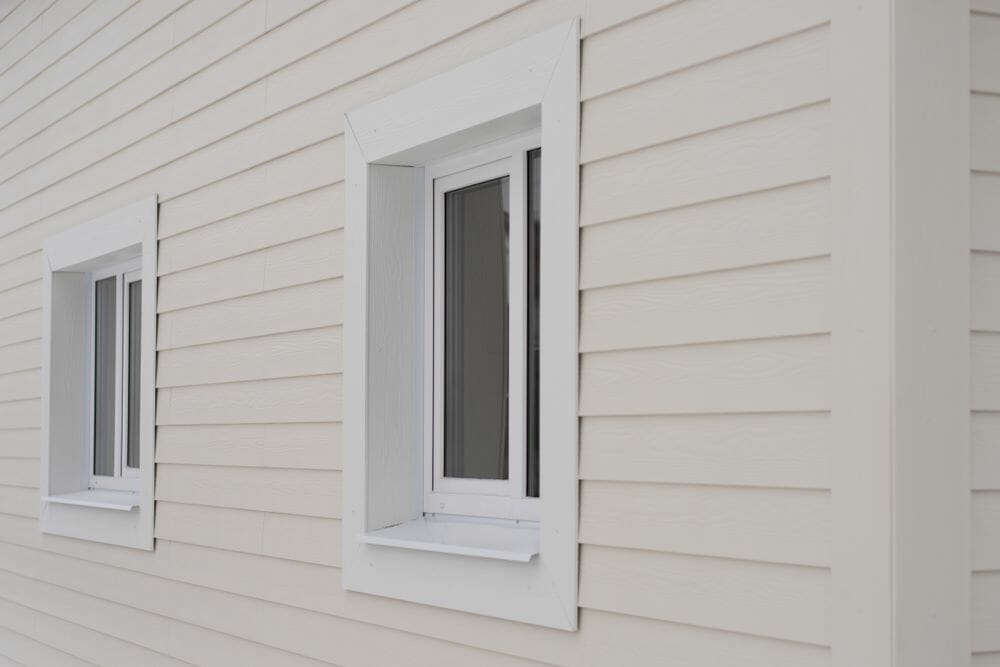What To Do If Your Home Has Problematic Hardboard Siding

There are a variety of siding alternatives for a home, some of which are far superior to others. (not to be confused with James Hardie Board siding). Many homes used Hardboard siding for building in the 1980s and early 1990s, and while it looks fantastic for a while, it can cause significant difficulties over time. Mold and rot, chipping, warping, swelling, discoloration, and general degradation are examples of these issues. It was important to remember is that it did not perform most of the necessary protection precautions during its installation. That’s because hardboard siding has a lot of issues.
If the siding is damaged, then we can solve the problem by replacing masonite siding.
Is it Time to Replace Hardboard Siding?
Attempting to restore hardboard siding that has already been damaged will fail. The siding will need to be replaced instead. Depending on how handy they are and the kinds of things they prefer, the homeowner can do it themselves or hire a professional. Examine the siding for signs of damage to see whether to replace it. Shielding the siding creates some minor damage from the elements that are causing the problem in the first place. However, such damage is irreversible and will always exist, compromising the siding’s protection. Replacing masonite siding can be considered in this case.
What exactly is the issue with hardboard siding?
Hardboard would have been an excellent siding material in an ideal world. However, in the actual world, it was no match for the reality that all siding is exposed to two potentially harmful elements: the weather and people.
Weather: Due to exposure to the outdoors, all hardboard siding absorbs a certain quantity of water. Swelling occurs as a result of this. This swelling does not have to reach harmful levels when correctly fitted and maintained.
People: Unfortunately, perfect installation and meticulous upkeep necessitate perfection from all parties involved. Faulty installation (whether caused by contractors cutting corners or do-it-yourselfers making mistakes due to a lack of knowledge or experience) resulted in a slew of issues that led to class action lawsuits in the 1990s. Many homeowners are replacing masonite siding due to swelling, rotting, buckling, and mildew just a few months after installing it.
8 Ways to Keep Hardboard Siding in Good Shape
Consider yourself fortunate if your hardboard siding shows no signs of water damage. During the spring and fall seasons, keep your hardboard siding in good repair by following these maintenance recommendations and tasks:
Telltale signs of trouble
Keep an eye out for cracking paint, missing or failed sealant, loose nails, and holes in your hardboard siding. Moisture penetration and consequent water problems are encouraged by these aging and wear issues.
Hardboard siding should be sloped away from the ground.
Water can pool and cause siding difficulties if the ground surrounding your home slopes toward the external walls. There should be sloping ground away from your foundation and walls. Otherwise, rot, mold, and mildew could be a concern.
Keep nature at bay.
Hardboard siding must be put at least 6 inches above the ground due to its propensity for absorbing water. Allowing vines and other vegetation to touch or connect to your hardboard siding should be avoided.
Problematic Hardboard Siding should avoid drainage.
Drain pipes and downspouts should carry water at least six feet away from your property; the exterior walls and foundation regularly check for obstacles and clogs in the water drainage system.
Maintain the condition of the gutters.
Repair any gutters that are leaking, sagging, damaged, or clogged.
Sprinklers should be pointed away from you.
Sprinklers aimed away from the hardboard siding of your home. Long-term exposure to water is a disaster waiting to happen.
Hardboard siding needs to be cleaned.
The power washer should not wash hardboard sliding. Power washers’ water pressure can frequently surpass 200 MPH, causing the siding to fracture and crack.
Make repairs as soon as possible.
It’s critical to make repairs as soon as possible to keep your hardboard siding in good shape. Call your home service provider right away if you notice telltale signs of a problem, such as loose or rusty nails, missing or faded caulk or sealant, and damaged paint. Replacing masonite siding can repair it.